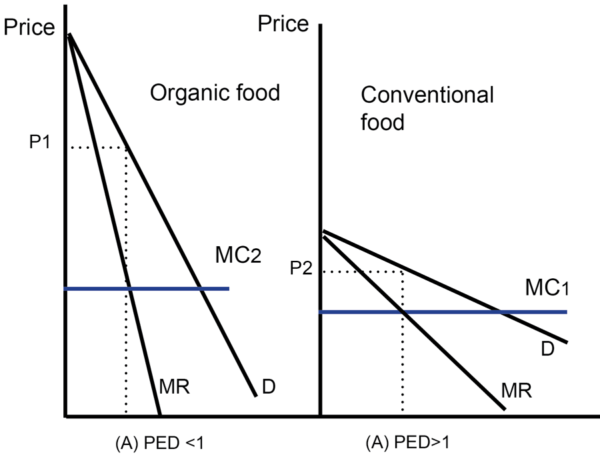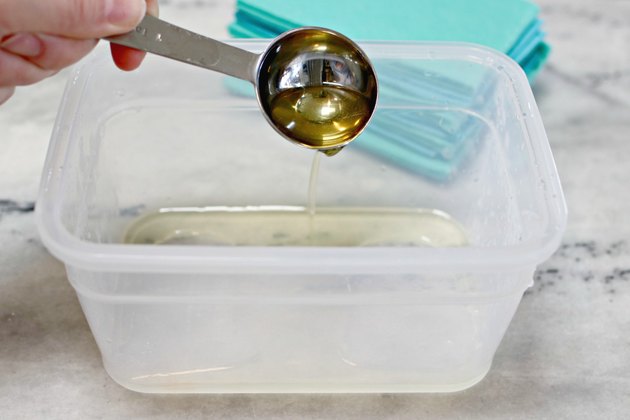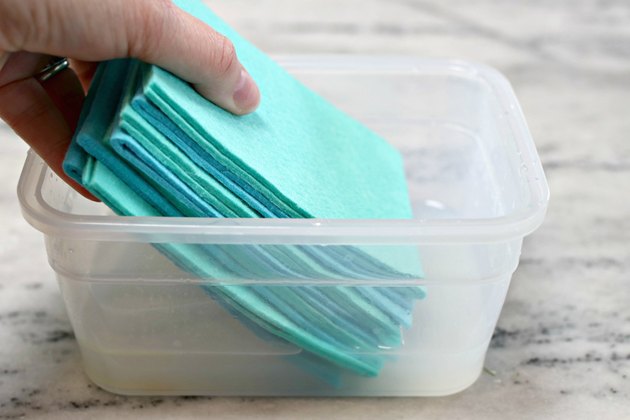I am all in favour of supporting local businesses but sometimes it really is not possible to do this.With Christmas and Kings Day rapidly approaching I have been looking here in Ciutadella for things to buy for my lot!
Being English we celebrate more Christmas Day and of course the Big man with the white beard in the red suit, who brings all the goodies! The Christmas Tree is up, decorated and lit up to send out the signal, now all we have to do is wait!
In the meantime, walking around town searching out suitable presents is fun but can be a bit frustrating, not enough variety, stuff all sold out and of course the price all contribute.
The problem is that when I find what I am looking for and as is human nature and compare the price to Amazon the difference can sometimes be double the price which is not acceptable, so I tend to get the item or items from Amazon. If the difference was a few euros then no contest the local shop wins but sometimes the price difference is ridiculous. I get that the shop here has their running costs but it does not mean that they double the price!The crazy thing is that it seems that because they get less customers they put the prices up, which drives the customers online, it is a vicious circle.
However, if you are an Amazon customer, there is a section in there called AmazonSmile, if you activate it, whatever you spend they will donate a percentage to the Charity that you choose from their list.
They send you updates on how much they have given to that charity from all their customers,
This is from a recent email I received
"Thanks to customers shopping at smile.amazon.com, or with AmazonSmile turned on in the Amazon shopping app, everyday purchases generated over $236 million in donations to charities worldwide so far.
AmazonSmile's impact:
- $2,678.67 to Snow Leopard Conservancy*
- $217,644,976.48 to all charities in the US
- $237,615,915.89 to all charities worldwide
To track donations or change your charity, simply visit Your AmazonSmile Impact page.
AmazonSmile has the exact same products, same low prices, and same convenient shopping experience as amazon.com, with the added benefit of generating donations for charity, at no additional cost to customers."
Trying to support local businesses and juggle the family budget is very difficult and if a family does not have the time to look around for the best deals they are going to buy online!
When it comes to normal shopping for the house then that is a completely different matter, here on Menorca there is a lot of local produce that we can buy and I do this as much as I can, if the item I need is not produced here in Menorca then I try to use one of the locally owned supermarkets so at least what I do spend does stay on Menorca and not sent somehwere else.
The Llorens Spar shops are great as is Diskont, Suma and Nou Mercat to name a few here in Ciutadella.
So if possible please buy local products or use local supermarkets, they really do need our support.
The blog song for today is: "Itchycoo Park" by the Small Faces
TTFN
















